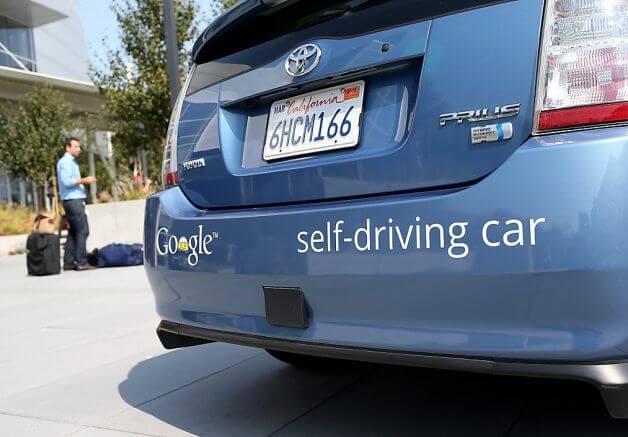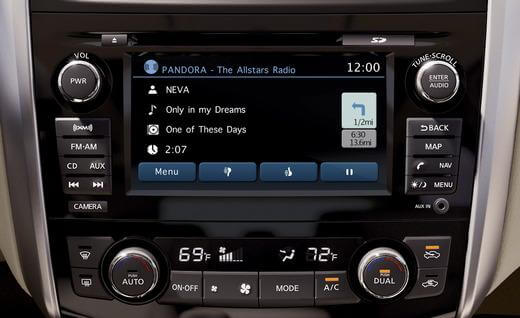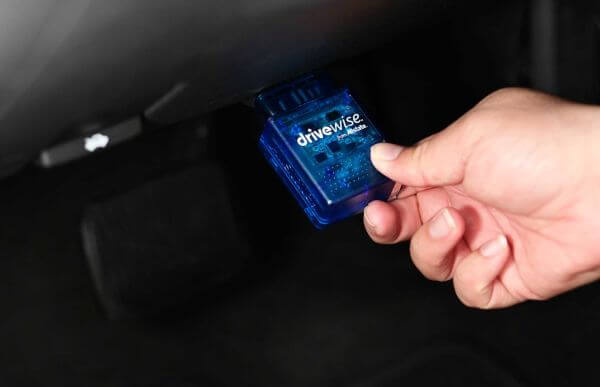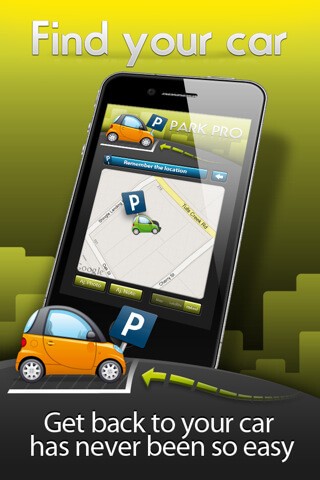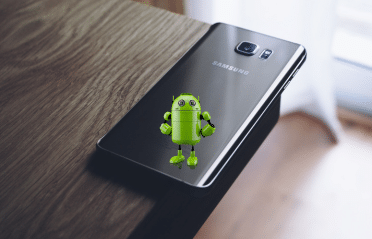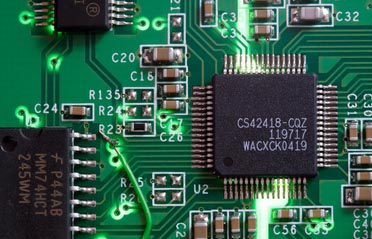According to Google Executive Chairman Eric Schmidt, the new digital age is upon us. Pointing to futures in virtual reality, innovations in health sciences, and transportation breakthroughs from here to there, the world will soon be even more connected than it is today. So how do we get from here (modern technology) to there (new digital age)? When it comes to transportation, we’re closer than you might think. Below are four embedded technology trends gaining traction in the automotive industry.
The Self-Driving Car
Innovation: No project is too big for Google, who is leading the charge in this field. Not only would self-driving cars allow the disabled or visually impaired to operate a vehicle, they essentially create a whole new world of automobile travel.
How it works: “Smart phone, smarter driving” Android applications like ionroad make it possible to have GPS, driving analytics, preventative warnings, and swerve awareness all operated from your smartphone. This is the first step in sensing danger and accident prevention. Although self-driving cars are not navigating highways at 70mph (yet), the technology is quickly advancing.
Legalize it! Not yet at the Jetsons level of autonomous driving, the technology is moving forward exponentially. You’ll start to see states accommodate driverless cars as the technology improves past reactionary braking and swerve detection.
Infotainment Systems
Innovation: Automotive infotainment is here. GPS developers, car manufacturers, tablet makers, satellite radio producers – you might want to pay attention.
How it works: Or better yet, why it works. No longer reserved for high-tech, military grade hover-craft, embedded Android technology is now powering consumer-level infotainment systems. And this new, one-of-a-kind, driving experience is actually affordable. Although most infotainment systems have to be compatible with certain makes and models of vehicles, don’t be surprised to see the enhanced media experience become the cruise control of this decade. Car manufacturers are looking for more creative ways to implement Android dashboard technology and increase the entertainment value of their fleets.
Insurance Tracking
Innovation: The insurance equation has been simple: total premiums > total claims. While that equation still holds true, the simplicity of assigning premiums will now reach a lot deeper than just your age and gender. New applications are harnessing the Android platform to >track driving habits and increase accuracy when assigning insurance rates year after year.
How it works: Still being fine-tuned, Allstate has a plug-in model while other agencies are testing different tools to track safe driving hours and tailgating tendencies. Ultimately, the score is delivered back to the insurance company to look at rewards and deductions for responsible drivers. For those afraid of big brother, this will be an opt-in program. But these models are only the beginning of this evolving technology. But with embedded systems in more and more cars, the answer to this may be trending in the way of built-in tracking technology right in your car.
Car Locators
Innovation: In a world where you can find lost smartphones, keys, and luggage, wouldn’t it make sense to be able to find your lost car? There are applications on the market today that have this ability.
How it Works: Using google-navigation, you can save your location, and then later see your current position in relation to your pinned location. Handy for hiking as well if you’re on a trail and need to find your way back to your vehicle. This app works with any car, as it relies solely on your smartphone. Again, with Android systems being embedded right into vehicles, the time is likely not too far off where this app (and others) will communicate directly with your car.

 Product Engineering Services Customized software development services for diverse domains
Product Engineering Services Customized software development services for diverse domains
 Sustenance Engineering Going beyond maintenance to prolong life of mature products
Sustenance Engineering Going beyond maintenance to prolong life of mature products
 Managed Services Achieve scalability, operational efficiency and business continuity
Managed Services Achieve scalability, operational efficiency and business continuity
 Technology Consulting & Architecture Leverage the extensive knowledge of our Domain Experts
Technology Consulting & Architecture Leverage the extensive knowledge of our Domain Experts























